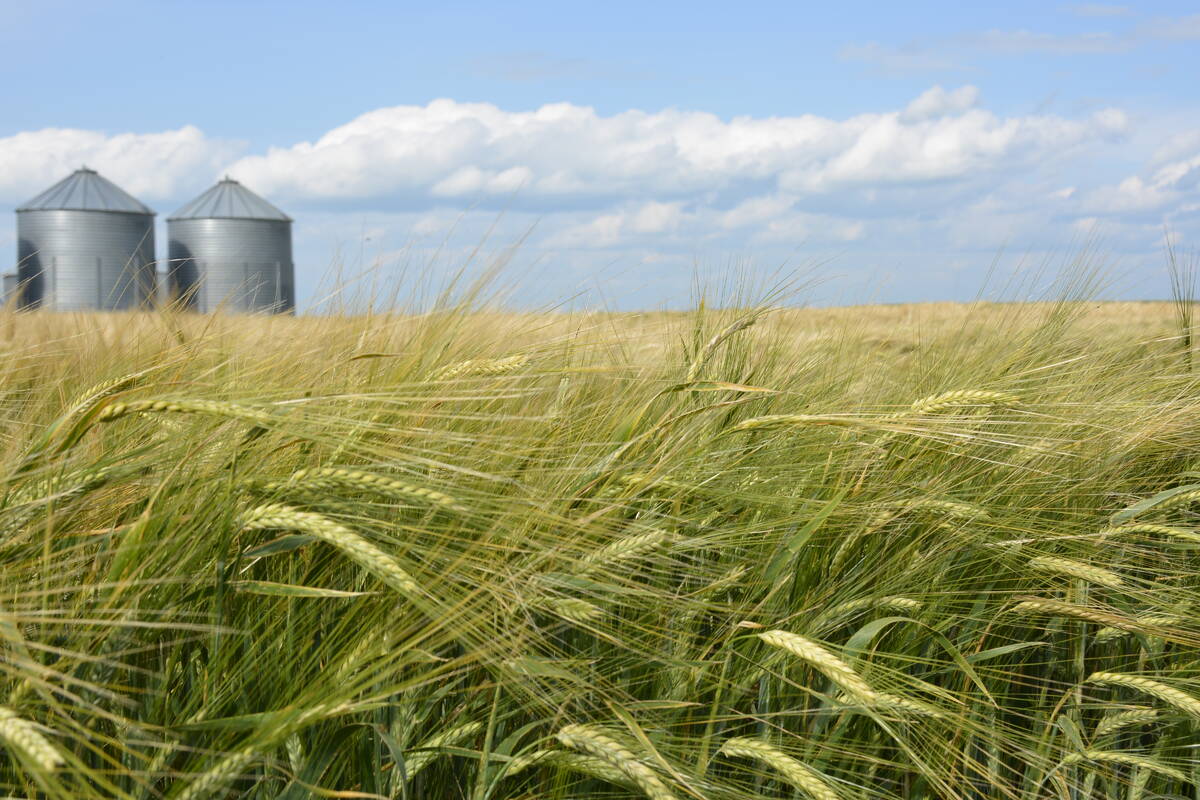U.S. corn acreage has been like a yo-yo through most of this decade: up, down, up, down.
Mostly, it has been a battle between the two major Midwest crops, with corn up and soybeans down one year and the reverse in the following season.
The spring of 2009 marked a departure. If growers had followed the trend, it would have been a year of more corn and fewer soybeans. But they broke the trend and increased area of both their main crops.
Speculation now turns to what will be seeded this spring.
Read Also

StatCan stands by its model-based crop forecast
Statistics Canada’s model-based production estimates are under scrutiny, but agency says it is confident in the results.
Following the oscillation trend, it should be a down year for corn, but analysts think the trend will be ignored again.
The big new development in the corn market this decade is ethanol and it again will play a role in 2010. Five years ago, ethanol production consumed 12 percent of U.S. corn production. This year it will consume 33 percent.
Ethanol production is expected to climb again next year because of government mandate and the improving economy.
Reuters News Service reported this week that Jerry Gidel, an analyst for North America Risk Management, expects the amount of corn used to make ethanol will rise by about 400 million bushels. That is the production of about 2.5 million acres.
Analysts are coming out with early forecasts of corn acres increasing, soybeans staying the same and wheat declining.
The USDA survey of U.S. winter wheat acreage comes out in January, but anecdotal evidence suggests that seeded area is down, not surprising given weak wheat prices and large world stocks.
Other evidence that farmers are thinking about more corn comes from U.S. fertilizer sales, which are up 60 percent from a year ago. Corn takes more fertilizer than soybeans.
A matter yet to be resolved is the exact size of the current U.S. corn crop.
About 10 percent was not harvested when heavy snow fell a week ago. The market attitude now is that the snow damaged only a tiny portion of the crop and the rest will be harvested. If there are further delays or more damage, that would reduce the forecast for year-end stocks and increase pressure for more 2010 corn acres.
















